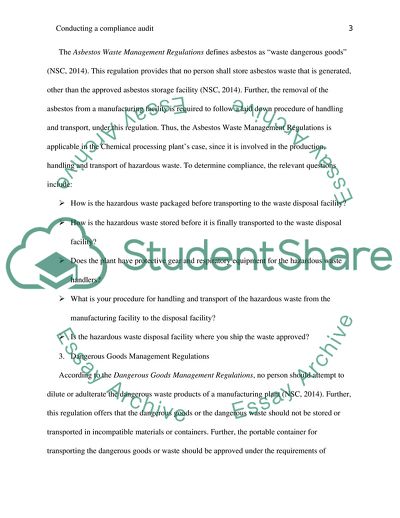Cite this document
(Conducting a Compliance Audit Assignment Example | Topics and Well Written Essays - 1750 words, n.d.)
Conducting a Compliance Audit Assignment Example | Topics and Well Written Essays - 1750 words. https://studentshare.org/environmental-studies/1844799-conducting-a-compliance-audit
Conducting a Compliance Audit Assignment Example | Topics and Well Written Essays - 1750 words. https://studentshare.org/environmental-studies/1844799-conducting-a-compliance-audit
(Conducting a Compliance Audit Assignment Example | Topics and Well Written Essays - 1750 Words)
Conducting a Compliance Audit Assignment Example | Topics and Well Written Essays - 1750 Words. https://studentshare.org/environmental-studies/1844799-conducting-a-compliance-audit.
Conducting a Compliance Audit Assignment Example | Topics and Well Written Essays - 1750 Words. https://studentshare.org/environmental-studies/1844799-conducting-a-compliance-audit.
“Conducting a Compliance Audit Assignment Example | Topics and Well Written Essays - 1750 Words”. https://studentshare.org/environmental-studies/1844799-conducting-a-compliance-audit.


